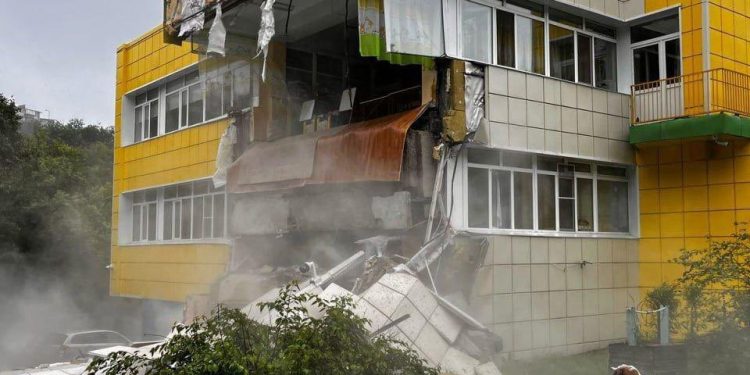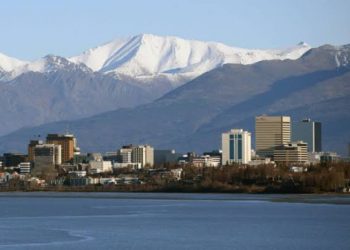Kamchatka Peninsula / Kuril Islands / Hokkaido | July 30, 2025
One of the strongest earthquakes in modern history struck Russia’s Far East early Wednesday, triggering a tsunami that flooded coastal towns and sent panic across the Pacific. The magnitude 8.8 quake—upgraded from 8.7—hit east of Petropavlovsk-Kamchatsky, unleashing waves up to 4 metres high along Russia’s Kuril Islands and reaching Japan’s Hokkaido, prompting mass evacuations.
Russia’s Emergencies Ministry confirmed that the tsunami flooded parts of the port town of Severo-Kurilsk, home to 2,000 residents.
“The population has been evacuated,” the ministry said in a statement reported by Al Jazeera.
Tsunami alerts rippled across the Pacific Ocean, from Hawaii and Alaska to Chile and New Zealand, with over 9 lakh people in Japan advised to evacuate.
Tsunami Strikes and Evacuations
Japan: The Japan Meteorological Agency reported tsunami waves up to 1.3 feet in 16 locations, including Nemuro on Hokkaido’s east coast.
Russia: Severo-Kurilsk’s port and low-lying areas were inundated; residents fled to higher ground.
Hawaii & U.S. West Coast: Sirens blared in Honolulu, where rush-hour traffic jammed streets as residents raced to safety. After-school activities were cancelled, and coastal evacuation zones were enforced.
Alaska & Pacific: The Pacific Tsunami Warning Center (PTWC) warned waves up to 3 meters could reach Alaska, Solomon Islands, Chile, and other coasts.
Despite widespread flooding and infrastructure disruptions, no major casualties have been reported so far.
Seismic Details and History
The USGS said the quake was caused by shallow reverse faulting along the Kuril-Kamchatka subduction zone, where the Pacific Plate thrusts under the North American Plate at 77 mm/year.
Fault area: Estimated 390 km × 140 km, typical for a mega-thrust event.
Aftershocks: Strong tremors of 6.9 and 6.3 followed.
Historical context: The epicenter lies just 45 km southeast of the 1952 M9.0 Kamchatka quake, which triggered a Pacific-wide tsunami.
This is the strongest earthquake globally since March 2011, when a 9.0-magnitude tremor off Japan caused the Fukushima nuclear disaster.
Experts now classify the July 20, 2025 M7.4 quake in Kamchatka as a foreshock to this historic event.
Global Impact and Ongoing Risk
Tsunami waves radiated across the Pacific, leading to evacuations in Japan, Russia, Hawaii, and Alaska, with coastal watches issued for California, Oregon, and Washington. Emergency services remain on high alert as aftershocks and secondary waves remain possible.
“This is one of the most powerful earthquakes in decades. Our priority is ensuring all coastal populations remain safe,” said Russia’s regional emergency minister Sergei Lebedev.






Discussion about this post